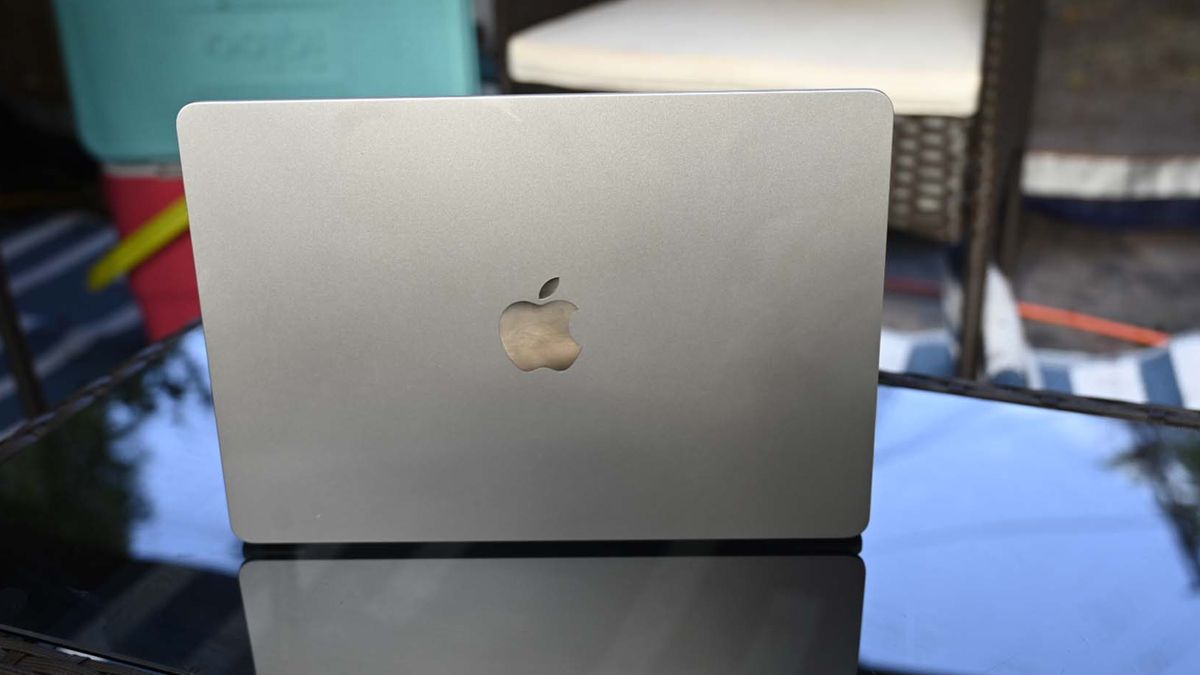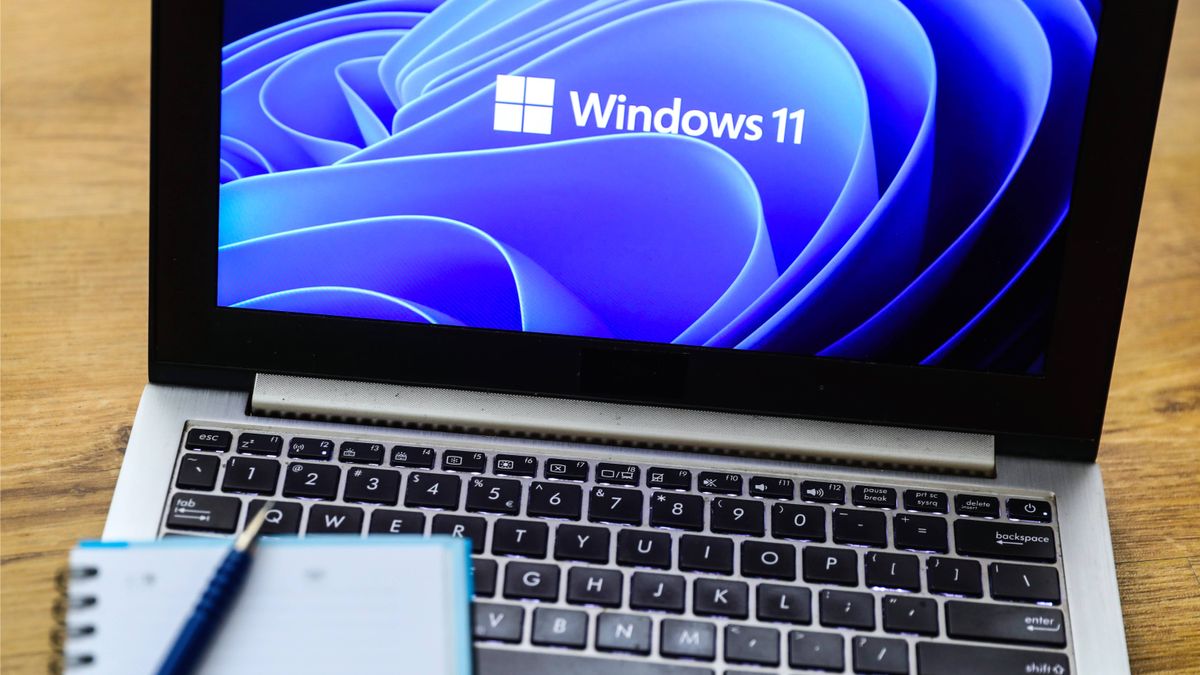The best MacBook for college students will vary depending on the major, how much time is spent lugging the laptop around campus, and how long it needs to go on a single charge. We won’t ignore value either as some of Apple’s laptops can get expensive and unfortunately, none of them will pay your tuition for you.
With the transition to Apple Silicon now complete for Apple’s MacBook lineup the MacBook Air and MacBook Pros are all outstanding when it comes to performance and battery life with either M1 or M2 chipsets inside. The major differences come in the design and the top-end performance, which will only matter to a handful of majors like engineering.
Sticking to your studies the best MacBooks are easily among the best college laptops overall, just don’t plan on using one as a gaming laptop during your downtime, Apple hasn’t cracked that code yet. With that aside, let’s take a closer look at the best Macbooks for college students and find the perfect fit for you.
What is the best MacBook for college students?
While it isn’t the latest MacBook, it is hard to argue with the MacBook Air M1 as the best MacBook for most college students. The value proposition is unmatched at its $899 starting price with Apple’s education discount. The M1 is more than enough for typical college work and it sips power to easily survive an all-night cramming session without plugging in.
If cost isn’t a concern then you can absolutely look at the MacBook Air M2. The addition of MagSafe could save your MacBook from a potentially disastrous spill from a desk or library table. And while it may not be the night and day difference that the M1 offered over the previous Intel MacBooks, the M2 boosts the redesigned Air to even footing with the MacBook Pro M1.
Speaking of the MacBook Pros. The MacBook Pro 13 M2 gives you a mind-blowing 18+ hours of battery life, but unless you can stick to the base model you may want to pass in favor of the MacBook Pro 14. The MacBook Pro 14 or MacBook Pro 16 give you the new design, which includes an HDMI port, SD card slot, MagSafe and an extra Thunderbolt 4 port while also delivering higher-end performance with M1 Pro and M1 Max chipsets.
The MacBook Air M1 remains the best MacBook for most college students. For the majority of students the upgrades found in the more recent Air aren’t necessary and the M1 maintains that sub-$1,000 starting price with discounts bringing it to $899 or less.
The performance still outclasses every comparably priced thin-and-light Windows laptop and it manages to deliver 14 hours and 41 minutes of battery life in our testing. For any typical computing tasks, the MacBook Air M1 is more than equal to the challenge and will outlast its successor on a single charge.
So why buy the MacBook Air instead of the Pro? While the Pro has better-sustained performance, the MacBook Air is cheaper and is pin-drop silent because it doesn’t have a fan. And, of course, Apple’s least expensive 13.3-inch model is the most portable, coming in at only 0.6 inches thick and 2.8 pounds.
As long as you don’t mind the older design, the MacBook Air M1 remains one of the best laptop deals even when it’s not discounted and should draw strong consideration from anyone considering a new MacBook for college.
See our full MacBook Air with M1 (2020) review
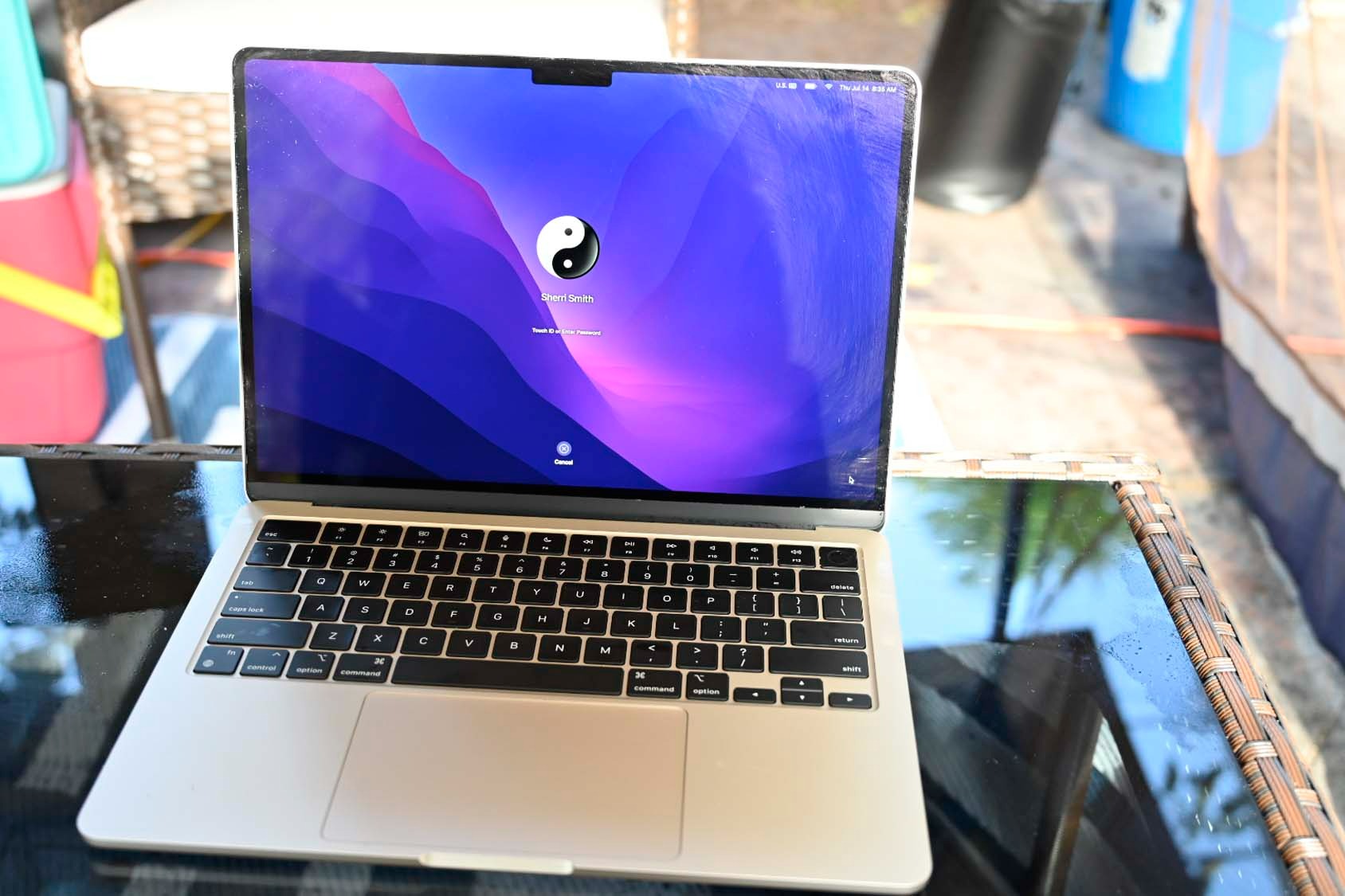
While most college students will be happy with the MacBook Air M1, there’s no denying the appeal of the new design and chip inside the Air M2. The notch in the display takes a minute to get used to, but the rest of the changes are welcome with the addition of MagSafe charging freeing up those two Thunderbolt 4 ports for other purposes.
The M2 gives you a reasonable performance bump, bringing it roughly on par with the M1 Pro and it still delivered 14 hours and 6 minutes in our battery life test. The fact that it does all this while staying whisper quiet and cool without fans remains astounding.
The list of upgrades also includes a brighter display, a quad-speaker array and a new 1080p webcam. That first will be particularly welcome to students that are using the Air M2 in classrooms, coffee shops or a corner of the library with less than optimal lighting conditions.
The biggest consideration with the Air M2 is the price if you need to upgrade much from the $1,199 base model. As I mentioned, the Air M1 is Apple’s trick for keeping the $999 price point, so you are paying a premium for the M2 model. If you find yourself cresting the $1,499 mark for your configuration then you may want to consider the base 14-inch MacBook Pro, which can regularly be found for $1,799.
See our full MacBook Air M2 review.
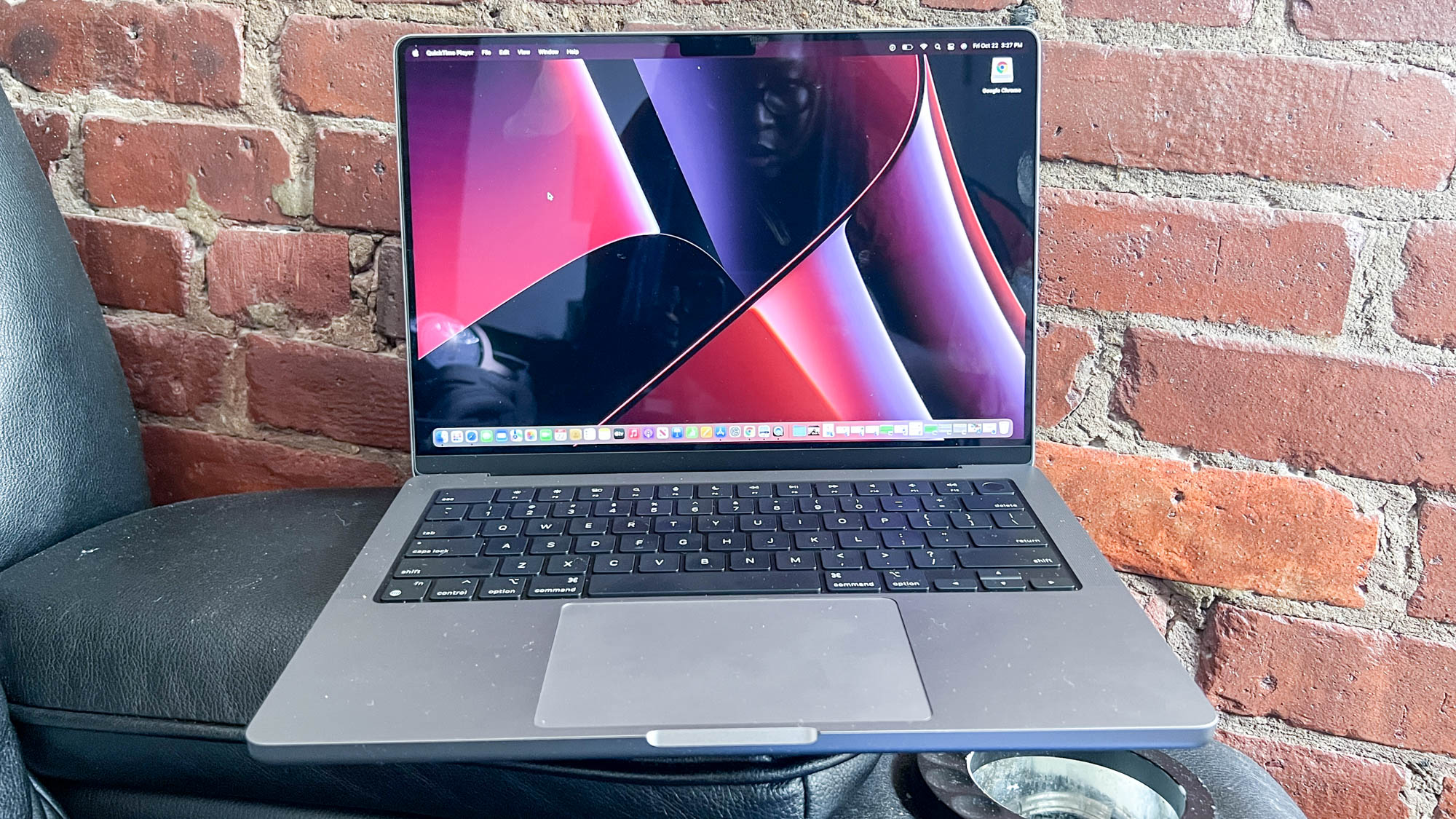
The MacBook Pro 14 combines a little bit of old with a whole lot of new for a tantalizing product that MacBook fans were waiting years for. The performance is going to be more than the average college student needs, but for those in majors with more demanding computing needs like engineering, coding, or creative work, this is the right choice for you.
The MacBook Pro 14 is lightweight and sleek while still offering a full HDMI and an SDXC card reader. And the M1 Pro or M1 Max chips can handily defeat most of the Intel and AMD competition. Add to this the more than 14 hours of battery life, quick charging, a gorgeous display, a robust quad-speaker array and it’s easy to see how this laptop will win over a lot of college students.
Waiting for the other shoe to drop? It’s the price. While you can now find the base model for around $1,799, for well-specced models you will quickly cross $2,500 and can land north of $3,000 in a hurry for M1 Max configurations. Ultimately it’s a worthwhile investment for college students that need this level of performance, but at least consider your options carefully before the price creeps up on you.
If you are willing to spend even more you can opt for the larger-screened 16-inch MacBook Pro starting at $2,499 (opens in new tab). With the exception of the display size and the battery, there is no difference in the hardware options between the two. If battery life is your biggest concern the 16-inch MacBook Pro with the M1 Pro will outlast anything in its class with remotely similar performance. For those that need every last bit of processing power they can get their hands on the 16-inch MacBook Pro with M1 Max is basically unbeatable right now.
See our full 14-inch MacBook Pro review
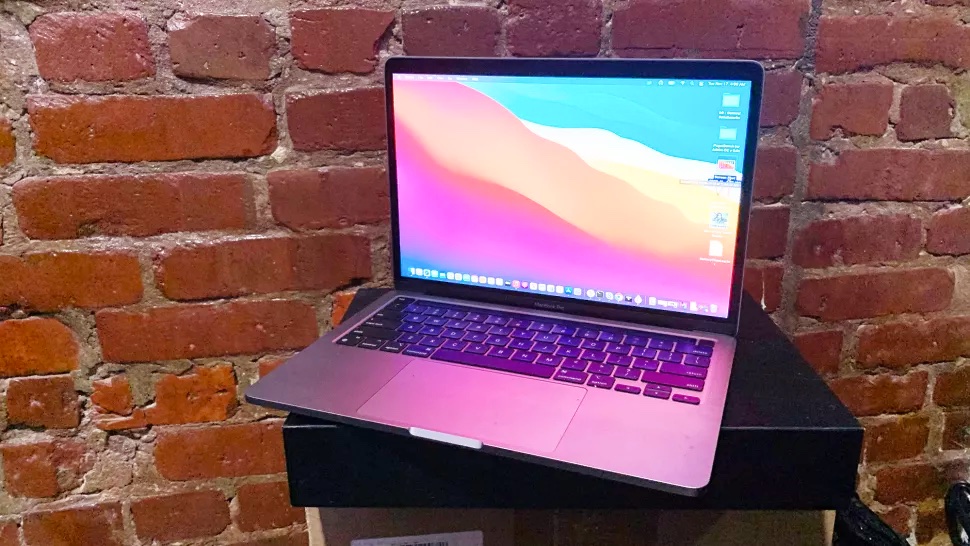
The MacBook Pro M2 is an excellent laptop that is a bit overshadowed by its siblings. The internal upgrade with the M2 gave it a more significant performance boost than many expected, which keeps it well ahead of the Windows 11 competition at this price point and well beyond.
The design, while admittedly a bit dated, it’s hard to get too mad at the classic look. While the redesigned Air and larger MacBook Pros may look sleeker, you could have the last laugh when their owners are looking for an outlet to charge while you have hours to go as the Pro lasted for an almost unbelievable 18 hours and 20 minutes on our battery test. That was enough to land it atop our list of laptops with the best battery life, a feature that is sure to come in handy at some point in your college career.
The M2 does more than improve speeds and endurance. With a yet again improved image processing unit, the webcam (sadly, still 720p) is better than before and since it runs on Apple’s ARM-based architecture, iPad and iPhone apps are available on Mac. Yep, you can run all your favorite iOS games and apps on your laptop.
Everything else about the MacBook Pro should feel familiar. This is the same design Apple has used for years and the Magic Keyboard is a pleasure to type on (and reliable, too!). We’re disappointed to see the TouchBar back, but it does have its fans and the notch-less screen will absolutely be a welcome sight for some buyers.
See our full Apple MacBook Pro (13-inch, M2, 2022) review.

How we test MacBook laptops
We put MacBooks through extensive benchmark testing — both synthetic and real-world — before they end up in the hands of our reviewers. We evaluate everything from speed and battery life to display brightness, speaker volume and system heat.
We use a Klein K10 colorimeter to detect the brightness and DCI-P3 color gamut of a laptop’s display. For performance benchmarking, we run the laptop through a gauntlet of benchmarks, including Geekbench 5.4 and 3DMark professional graphics tests.
To determine real-world performance, we task the laptop to convert a 4K video to 1080p resolution and to duplicate a 25GB multimedia file. Our real-world graphics tests include Assasin’s Creed Valhalla, Far Cry New Dawn, Sid Meier’s Civilization VI: Gathering Storm and Shadow of the Tomb Raider with 1080p or higher resolution when the display supports it.
We also run heat tests by playing a 15-minute full-screen video and our battery test consists of continuous web surfing over Wi-Fi at 150 nits of brightness. We consider everything over roughly 10 hours to be a good result. Of course, these tests are complemented with hands-on testing from our reviewers.

